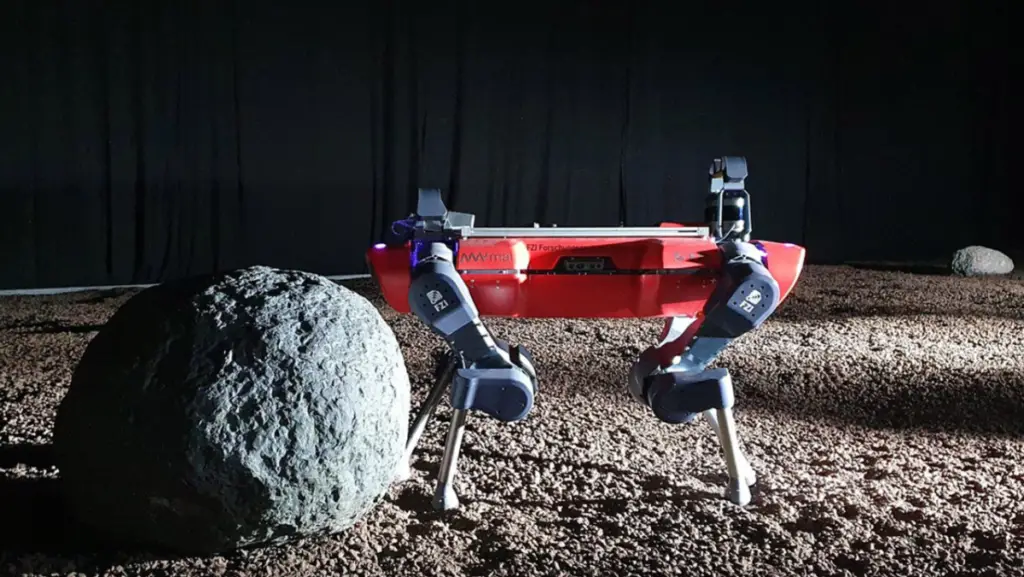Since we began the space race in the mid-20th century, mostly government-owned space agencies are exploring space. Before the end of the 20th century, privately owned space agencies slowly began to join the race. But in the 21st century, more commercial space agencies joined the space race to change the game.
What innovations have the private space agencies brought? When did the commercial space agencies join the space race? Should we entrust commercial space agencies on the Journey to a new Space world? This article answered these questions and more. Let’s dig in.
How Private Space Agencies are Bringing Innovation into the space
Unlike in the 20th century when only government-owned space agencies participated in the space race, a lot has changed lately. Several privately-owned space companies are coming up with innovative ideas that will revolutionize space exploration in a few decades to come.
Almost every private space company has a different motive. This implies that we are getting closer to achieving our long-term goal of exploring deep space. With the futuristic ideas offered by these space agencies, the future is already looking quite exciting. Private space agencies are practically changing space exploration in the following ways.
1. Making plans to colonize Mars before 2100
While government-owned space agencies are working effortlessly to send the first human to Mars, a private space agency is already getting closer to bringing this vision to reality. SpaceX is one of the commercial space agencies hoping to colonize mars before the end of this century.
Elon Musk founded the company in 2002 to accomplish his dream of making humans multi-planetary species. Fast forward to 2022, the tech billionaire is still certain about accomplishing this goal shortly. Currently, SpaceX has built a series of starships for the historic spaceflight to Mars.
SN20 and Booster BN4 is the most powerful starship recently built by SpaceX. This starship possesses advanced and futuristic technologies that made it more sophisticated than the Saturn V moon landing rocket. Although SpaceX is yet to conduct an orbital test flight on this advanced starship, the world is already seeing its potential in sending humans to the moon, Mars, and beyond.
But when will Elon Musk succeed in sending humans to Mars? According to a tweet reply made by Musk earlier this year, the tech billionaire predicts that the first humans will reach Mars by 2029. Let’s hope that this vision becomes a reality.
2. Advanced Space Stations
NASA and other government-owned space agencies that collaborated to put the ISS in orbit revealed that the space station will be deorbited in 2031. If the ISS is deorbited, astronauts still need a platform to continue their research in space.
This is where private space agencies step in. Axiom Space, an American private space agency, is building a space station that they intend to launch in 2024. Axiom Space hopes that its space station will replace the ISS soon. Apart from Axiom Space, Blue Origin, Sierra Space and other private agencies are collaborating to build the Orbital Reef space station.
The primary goal of these space agencies is to give astronauts and space tourists a place to visit and conduct research after the ISS is retired. These new-generation space stations will be built with more sophisticated space technologies to give astronauts new abilities in space.
3. Space Hotel with Artificial Gravity
As most people are seeing the impossibilities of building a space station with artificial gravity, Orbital Assembly Corporation is thinking in a different direction. The private space agency intends to build a space hotel with artificial gravity before the end of this decade.
The company targets to launch this space hotel in 2025 and completes it in 2027. Upon completion, the space hotel will be able to accommodate up to 280 guests and 112 crew. Visitors to this space hotel will pay up to $5 million for a three-day and half stay in the hotel. However, this price may likely go down later in the future.
4. Reusable first-stage rockets
The primary goal of private space agencies like SpaceX is to make spaceflight affordable to everyone. To accomplish this, the company discovered how to successfully build a reusable launch system.
SpaceX has been able to attain this milestone since the late 2010s using its Falcon 9 rockets. This great innovation reduces the cost of launching cargo and astronauts to the ISS. Currently, more space agencies are working on building reusable launch systems to make spaceflight become cheaper in the coming years.
5. Other fascinating technologies
Unlike government-owned space agencies where a change in government can affect their decision-making, private space agencies are governed and regulated consistently by the same owners. This consistency has enabled privately-owned space agencies to work on fascinating space technologies that will improve our exploration in the future.
With the way things are moving, private space agencies will likely make space accessible to everyone before the end of this century.
When did commercial space agencies join the space race?
The history of the first private space company can be traced back to the mid of 1970s. In 1975, a German Aerospace engineer, Luty Kayser founded OTRAG (Orbital Transport and Rockets, or Orbital Transport und Raketen AG in German) with the vision of developing, designing, and operating cheaper satellite launch vehicles for space agencies.
The primary goal of the company is to deliver a low-cost alternative that will provide cheaper services than the NASA Space shuttle and ESA Ariane Space Vehicles. Despite the doubt of people, Kayser decided to set up the rocket launch facility in Shaba Zaire in 1975.
On May 17th, 1977, OTRAG’s first rocket test was conducted. The second successful test launch was conducted on May 20, 1978. However, the third test launch conducted on June 5, 1978, failed completely. As a result of this failure, extensive political pressure was mounted on OTRAG.
The company bowed to this pressure and brought its operation to halt in 1979. However, its facilities were relocated to a desert site in Libya in 1980. But the company shut down completely in 1987 and left its remaining facilities to the Libyan Government.
After the European Space Agency (ESA) was established in 1975, innovators began to see a new opportunity in the space industry. On March 26, 1980, Arianespace SA was founded as the first commercial space agency to provide commercial launch services. The space agency was established by the European Space Agency to commercialize the Ariane Space program.
Since Arianespace was created by the European Space Agency, it was funded by the government. In the 21st century, more private space agencies like SpaceX, Blue Origin, Virgin Galactic, and many others were established to advance the human space program and increase our chances of becoming multi multi-planetary species.
The US government saw the rise of privately-owned space agencies. So they have sponsored several space programs in a way to support them and encourage the private space sector. Soon, more private space companies will likely emerge with new and creative ideas to solve certain problems of exploring space.
Conclusion
Private space agencies have helped to improve space explorations in the 21st century. Almost every existing private space agency today has created futuristic plans to make the future exciting and fun. If they eventually replicate their plans, we will be embracing another phase of space exploration before 2100.
Imagine traveling to Mars on SpaceX starship for a vacation, or visiting the Voyager space hotel just to experience the overview effect. Private space agencies will surely give us new abilities in the future. Do you believe in the innovative changes privacy space agencies will create in the future?




